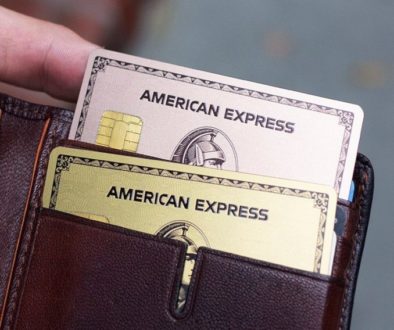Guide to the Chase 5/24 Rule

Last Updated on February 27, 2023 by Jarrod West
One of the questions I get asked most often is what exactly is the Chase 5/24 rule and how does it work?
With Chase’s 5/24 “policy”, you typically won’t be approved for certain cards if you’ve opened five or more new accounts in the past 24 months. This is more of a general guideline than a strict rule, though.
Part of what makes it confusing is that not all cards (or all customers) as it’s a rather strict guideline but not an actual rule.
So what Chase cards are beholden to this “rule”?
Ultimate Rewards Cards
- Chase Sapphire Preferred
- Chase Sapphire Reserve
- Chase Freedom Flex
- Chase Freedom Unlimited
- Chase Ink Business Preferred
- Chase Ink Business Cash
- Chase Ink Business Unlimited
Airline and Hotel Cards
- IHG Premier Card
- IHG Premier Business Card
- Marriott Bonvoy Boundless
- Southwest Business Cards
- Southwest Personal Cards
- United Explorer Card
- United Quest Card
- United Club Infinite Card
- World of Hyatt Credit Card
- World of Hyatt Business Card
How To Find Out If You Are Over 5/24
So how do you figure out if you’re over the 5/24 limit? You would think that this would be as simple as adding up all your new accounts over the past 24 months. Once you get to five, you’d no longer be eligible for those specific cards…but that’s only partially true.
The tricky part is in order for a new account to be counted towards 5/24 it needs to appear on your personal credit report, yet not all credit cards do. For example, American Express small business cards typically don’t report on personal credit reports. So when you see me say a card doesn’t “count towards” 5/24 it means that since they won’t be visible, they literally won’t be counted by the computer when it determines whether you’ll be accepted.
However, if you’re an authorized user on a card, that will show up on your report and will usually be counted by the computer towards your five. But if you are denied for 5/24 due to authorized user accounts it’s quite easy to call up a Chase rep and explain the situation to get the card approved.
If you want to apply for any cards that are subject to 5/24 you should really have a look at your credit file to see how many accounts have been reported in the last 24 months.
The easiest way to do is to request a copy of your credit file from either any bank or credit card company you do business with, for example, Chase and American Express both offer this service. If that’s not an option you can create a free account on Credit Karma and check it there. Keep in mind that checking your credit score and credit file through resources like this does NOT affect your credit score; so you have nothing to lose and everything to gain by doing so!
Now, none of this means that you’ll automatically be declined for a card that is subject to 5/24 if you’re over that limit, nor does it mean that you’ll necessarily be approved for a card that isn’t subject to 5/24 regardless of how many cards you have. Creditworthiness, recent inquiries, and all those other things still apply.
We’re just saying it’s much less likely that you’ll be approved for a card that is subject to the 5/24 rule if you have five or more new accounts that count towards that limit.
If you’re interested in finding out what travel credit cards would be best for your specific travel goals, check out my free credit card consultation offered designed to pair you with the perfect card.


